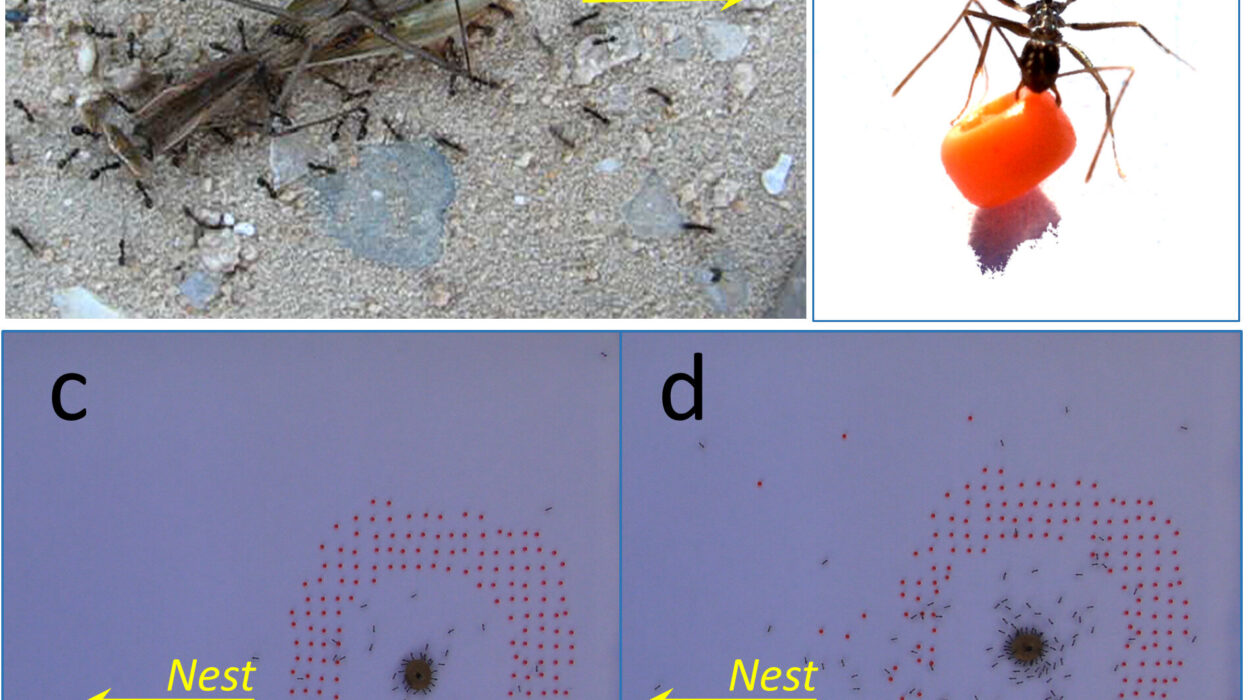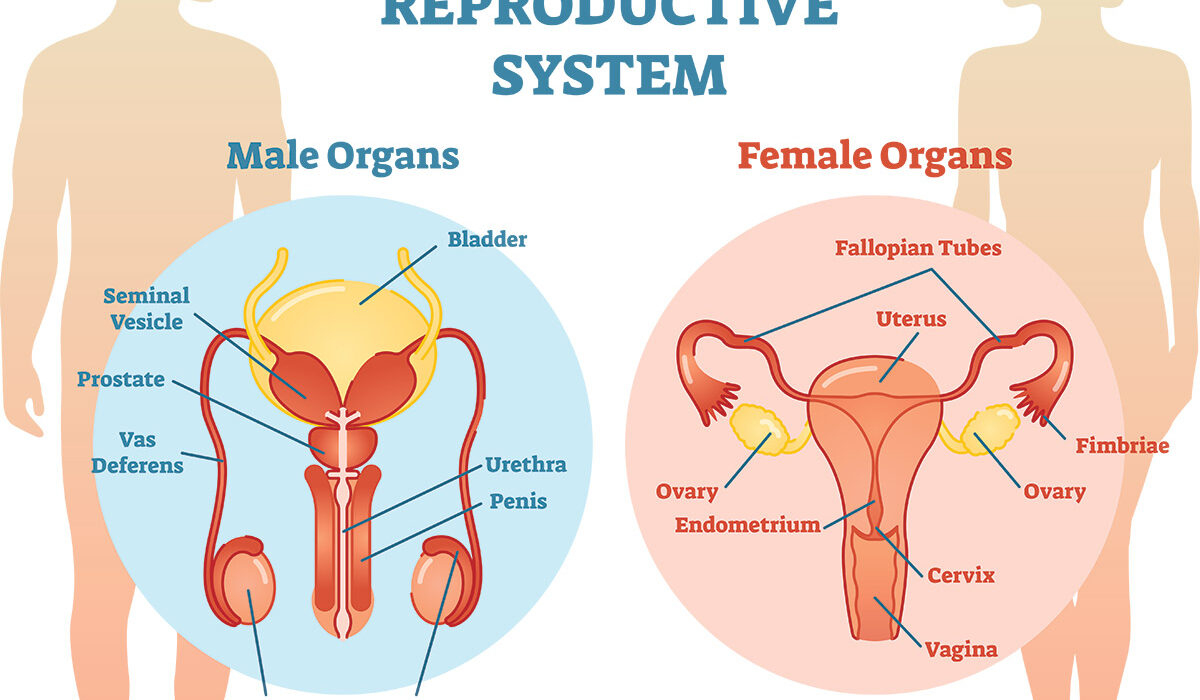Somewhere in our genetic code lies the echo of another kind of human—a species that once shared our lands, our tools, and perhaps even our emotions. Neanderthals, our closest extinct relatives, roamed Eurasia for hundreds of thousands of years before disappearing roughly 40,000 years ago. Their extinction remains one of prehistory’s greatest enigmas: Did modern humans wipe them out, outcompete them, or quietly absorb them into our own lineage?
A new study published in Scientific Reports offers a surprising and almost poetic possibility—that the Neanderthals didn’t truly vanish at all. Instead, they slowly faded into us through generations of interbreeding, their genes mingling with ours until the distinctions between the two species blurred.
A Slow Fade, Not a Sudden Fall
Neanderthals first appeared in Eurasia around 400,000 years ago, thriving across a continent of glaciers, forests, and open plains. They were robust, intelligent, and capable of crafting tools, using fire, and perhaps even expressing art and language. For hundreds of millennia, they were the dominant hominins in the region—until modern humans, Homo sapiens, began to arrive from Africa about 40,000 years ago.
For thousands of years, both species coexisted. Archaeological sites show overlapping settlements, shared hunting grounds, and similar tools. The two species met repeatedly in waves of migration. And then, without warning, one of them vanished.
By 30,000 years ago, the Neanderthals were gone. For decades, scientists debated why. Was it disease? Climate catastrophe? Violence? Or something far subtler?
The new study suggests that Neanderthal disappearance may not have been the result of a single tragic event, but rather the outcome of slow and steady assimilation. Over thousands of years, small groups of modern humans migrating into Neanderthal territory may have interbred with the local populations, gradually blending them into one genetic continuum.
Rethinking Extinction
To explore this theory, researchers used a mathematical model based on neutral population genetics and species drift. They simulated repeated waves of small-scale Homo sapiens migrations into isolated Neanderthal groups. Importantly, they assumed that neither species had a major selective advantage—meaning one was not inherently smarter, stronger, or better adapted than the other.
The results were striking. The model showed that, given enough time, the constant trickle of interbreeding could lead to almost complete genetic replacement within 10,000 to 30,000 years. In other words, without war, famine, or disease, Neanderthals could have been genetically absorbed into modern humans simply through contact and coexistence.
This scenario doesn’t paint the story of Neanderthal extinction as a catastrophe—it depicts it as a merging. It suggests that instead of being annihilated, they became part of us.
The Traces They Left Behind
Modern genetics supports this idea. Every non-African person alive today carries between one and two percent Neanderthal DNA. Some of those inherited genes affect our immune systems, hair, skin, and even how we respond to sunlight. The ancient species may be gone, but their legacy literally lives within our cells.
“The present modern human genome reveals multiple instances of genetic introgression with other hominins,” the study’s authors explain. “Modern humans still retain a considerable amount of Neanderthal genetic material, at the species level if not in every individual.”
That means Neanderthals did not vanish into oblivion—they simply became part of a larger story. Their genetic imprint persists, subtly shaping aspects of who we are today.
Other Theories and the Bigger Picture
This new model doesn’t claim to explain everything. In fact, the authors are careful to note that while interbreeding could have been sufficient to cause the Neanderthals’ disappearance, it likely wasn’t the only factor at play.
For decades, four main hypotheses have tried to explain the mystery. One points to the Neanderthals’ own demographics—small, isolated populations with limited genetic diversity and difficulty finding mates. Another blames abrupt climate fluctuations that disrupted their food supply. A third theory suggests competition or disease introduced by modern humans overwhelmed their smaller populations.
This latest research adds nuance to those ideas, suggesting that genetic assimilation could have been the quiet thread tying them together. Environmental pressures and competition might have weakened Neanderthal populations, while interbreeding gradually diluted their genetic identity. Over thousands of years, the Neanderthals didn’t so much die out as they dissolved into us.
When Two Worlds Became One
The image that emerges from this research is both scientific and deeply human. Imagine two populations meeting in a cold Pleistocene valley—small bands of Neanderthals and early Homo sapiens encountering each other not as enemies, but as kin. They shared firelight, exchanged tools, perhaps even languages. Over time, they shared families.
Each union passed a little more Neanderthal DNA into the growing human gene pool. With every generation, the distinction between “them” and “us” faded, until one day, there was no difference at all.
It’s a gentler ending than the stories of conquest or catastrophe that science once told. It reminds us that extinction, in this case, may have been less about destruction and more about transformation.
A Legacy That Endures
What does it mean that we carry Neanderthal DNA today? It means their story didn’t end 40,000 years ago—it continues in every cell of our bodies. It also changes how we understand evolution: not as a series of replacements, but as a complex dance of connection, mixing, and renewal.
In this view, humanity isn’t a single unbroken line, but a tapestry woven from many ancient threads. The Neanderthals were not our failures or victims—they were our ancestors, our cousins, our collaborators in survival.
The Human Story Rewritten
This new research doesn’t close the book on Neanderthals—it opens it wider. It invites us to see their disappearance not as a tragic vanishing, but as a quiet merging of worlds. It suggests that what we call extinction may sometimes be an illusion—that life finds ways to persist, even if its forms change.
Perhaps, then, the Neanderthals never truly died out. Perhaps they simply became part of something bigger—part of us.
And as science continues to decode the intricate story written in our DNA, one truth grows ever clearer: the line between “them” and “us” was never as sharp as we once believed. In the end, the Neanderthals’ greatest legacy may not be their fossils or their tools, but their enduring presence in the heartbeat of every living human today.
More information: Andrea Amadei et al, A simple analytical model for Neanderthal disappearance due to genetic dilution by recurrent small-scale immigrations of modern humans, Scientific Reports (2025). DOI: 10.1038/s41598-025-22376-6






